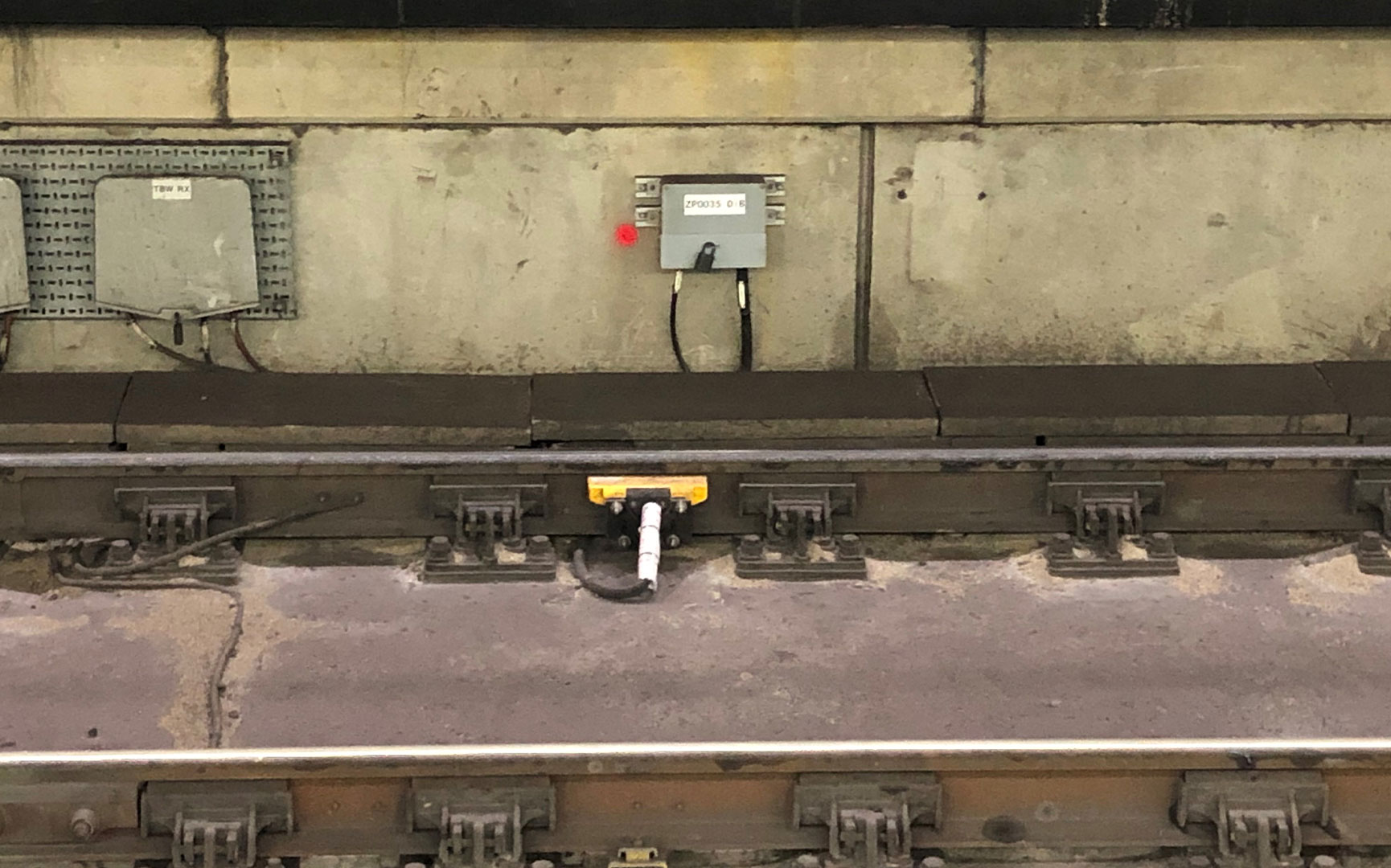Frauscher Sensor Technology has completed the divestiture to Wabtec Corporation.
Find Out MoreNotification Center

Data TransmissionIndia
South Central Railway
The Vijayawada Division of Indian Railways introduced a new train detection system with data transmission functionality to overcome the challenges of the existing BPAC and conventional quad cable-based systems. Frauscher implemented the Frauscher Advanced Counter FAdC®, featuring full redundancy, advanced reset mechanisms and remote diagnostics. This upgrade delivers significant cost savings and enhanced system availability for the operator.
The Vijayawada Division Intermediate Block Section projects aimed to upgrade and transform the division with a modern signalling system. Using Frauscher Advanced Counter FAdC®, with data transmission functionality, the division was able to improve reliability and efficiency.
The project covered 24 intermediate block sections over approximately 264 kilometres and 360 detection points.
The SIL 4-compliant, FAdC® was chosen for this project due its benefits in solving the challenges faced by the customer. The solution integrates advanced features such as dual detection, full redundancy, Supervisor Track Section (STS) auto-reset, and Counting Head Control (CHC), ensuring high availability and safety. The data transmission functionality also enabled secure transmission of both vital (track vacancy, signal control) and non-vital (signal status, alarm) information via a dual-path network using optical fiber and redundant quad cables.
Pre-wired cubicles and easy installation of RSR180 ensured minimal on-site disruption. Furthermore, the Frauscher Diagnostic System (FDS) was integrated with Indian Railway’s RailNet network, which allowed real-time web-based remote monitoring.
This upgrade project not only reduced operational costs and maintenance needs but also created a future-ready, modular infrastructure capable of supporting ongoing digital transformation in Indian Railways.
Dual detection with full redundancy
Fully redundant setup with a relay interface (IO-EXB), ensuring fail-safe train detection.
Data transmission
Uninterrupted data flow of both vital and non-vital information.
Remote diagnostics and monitoring
Real-time remote diagnostics, enabling proactive maintenance and rapid issue solving.
Reduced maintenance
Reduced maintenance requirements throughout the system’s lifecycle.
This might also interest you

Train DetectionUnited Kingdom of Great Britain and Northern Ireland
Axle Counter Overlay System

Train DetectionUnited Kingdom of Great Britain and Northern Ireland
The Borders Railway Project

Train DetectionTaiwan
Shalun Signaling

Train DetectionCanada
Edmonton Metro Line
